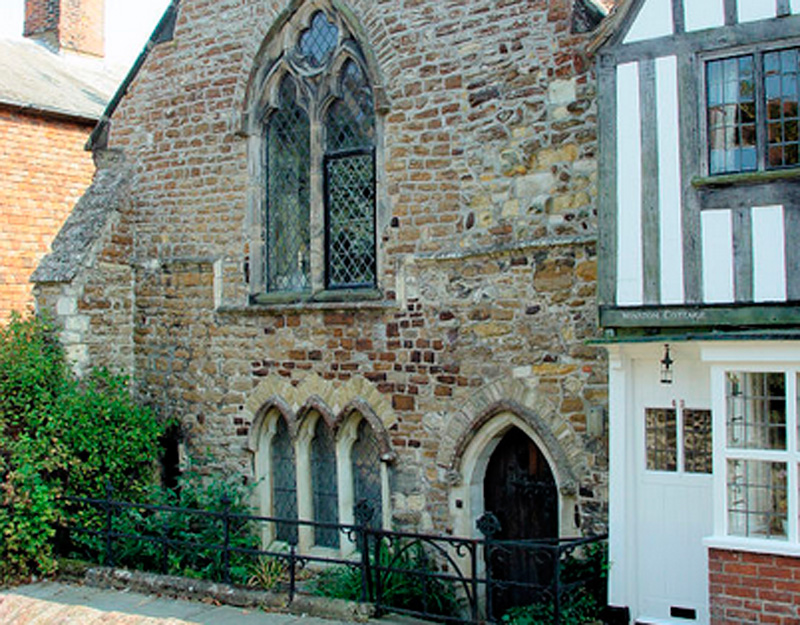The capacity audience at Rye Museum for Peter Ewart’s talk on the Vidler family of Rye included enough descendants of those he talked about to form an impressive family reunion after the talk. Relatives from Iden and other nearby localities and as far as Wiltshire clustered around Ewart to exchange information and anecdotes about their relations and the local families who had married into the Vidlers. The youngest Vidler among them was a recent head boy at Thomas Peacocke, justifiably proud of his forebears and pleased to learn more about them.
Ewart’s summary of the roles played by individuals in four generations of the family began with the first John Vidler (1789-1854) of many. He started with nothing but created an esteemed maritime, shipowning and auctioneering business and served three times as mayor. It was he who bought the property now known as Friars of the Sack on Church Square in 1801, which is still owned by his descendants, 214 years later.
Successors of the first John Vidler developed the business even as they served the town in other ways — as mayors, consuls (handling foreign trade and visitors) and key figures in the founding of Cinque Ports Volunteer military groups, Rye museum, Rye Golf Club and the Rye and Camber Tramway.
One (Leopold Amon Vidler) wrote the still valued New History of Rye (1934) and other books on Rye barges and the Rye volunteers, predecessors of ‘Dad’s Army’. Another (Alex Roper Vidler) became a distinguished theologian and Dean of King’s College, Cambridge, as well as a mayor, vividly remembered by the museum’s chairman, Jo Kirkham, also a former mayor.
But Ewart gave the impression his favourite Vidler was the one he knew personally — a boy reputed to be ‘loathsome’, rebellious and perpetually in trouble, who grew up to become the respected instigator of sound training for prison officers (an achievement which he never revealed to the boys, including Ewart, who caddied for him on Rye golf course).
For those who like finding out more about our exceptional town and the people who have helped to shape it, the monthly talks at the museum in East Street are highly recommended.
Photo: Jean Floyd



